На сайте Светодиодная лента Проекты, выбор алюминиевого профиля влияет не только на удобство монтажа, но и на тепловые характеристики, качество света и срок службы. Например, алюминий 6063-T5, обычно используемый в профилях светодиодов, имеет теплопроводность около 201 Вт/(м·К), что более чем на 1000 раз выше, чем у большинства пластмасс, что позволяет ему быстро передавать 8–10 Вт тепла, вырабатываемого на метр, с помощью ленты большой мощности (15 Вт/м). Без надлежащей диссипации это тепло может повышать температуру печатной платы выше 80 °C, что приводит к снижению люмена, изменению цвета и снижению продолжительности жизни до 50%.
Выбор диффузора играет не менее важную роль: плохо подобранный диффузор может вызывать блики, неровный свет или уменьшенную производительность, что подрывает намерение дизайна.
Полную разбивку категорий профиля, характеристик и вариантов использования см. Полное руководство по алюминиевому профилю для светодиодной ленты, йо- В этом руководстве мы сосредоточимся на теплоотводе и эстетическом дизайне, предоставляя практические критерии выбора для дизайнеров освещения, подрядчиков и покупателей OEM, которые хотят получить максимальную надежность светодиодов с чистой профессиональной отделкой.
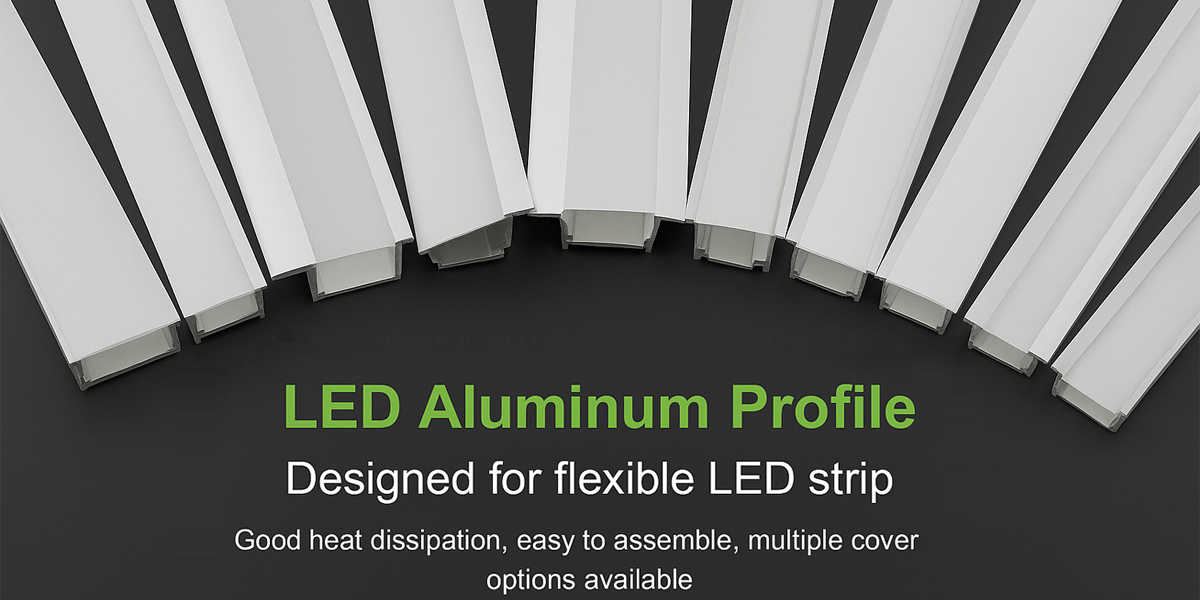
Проблемы с тепловым лентой
Тепло является неизбежным побочным продуктом работы светодиодной ленты, и его воздействие становится более важным в моделях с высокой мощностью (10–20 Вт/м). Только около 25–35% входной энергии преобразуется в свет, остальное становится теплом. Например, светодиодная лента 15 Вт/м генерирует примерно 10 Вт/м тепловой нагрузки, которая при неуправляемом состоянии может поднять температуру печатной платы выше 80 °C. Это может ускорить амортизацию просвета, вызвать заметное изменение цвета и сократить срок службы до 50%.
К основным факторам, способствующим чрезмерному нагреву, относятся:
Недостаточная тепловая масса или проводимость – Профили из низкокачественного алюминия или с тонкими стенками (< 1 мм) менее эффективно переносят тепло. Использование алюминия 6063-T5 (≈ 201 Вт/м·К теплопроводность) значительно повышает эффективность теплообмена.
Ограничения среды установки - Закрытые бухты, герметичные витрины или высокие температуры окружающей среды (> 35 °C) могут уменьшить теплоотвод 20–30% По сравнению с открытыми, вентилируемыми установками.
Мощная непрерывная работа - беговые полосы при полной яркости в течение длительного времени без глубокого или оребрения Светодиодная экструзия радиатора может привести к нестабильной температуре соединения.
Эффективная термическая конструкция означает выбор профиля, который соответствует мощности полос, физическим размерам и условиям окружающей среды. Подробную разбивку типов каналов, ширины и характеристик охлаждения см. Каналы светодиодной ленты Полное руководство.
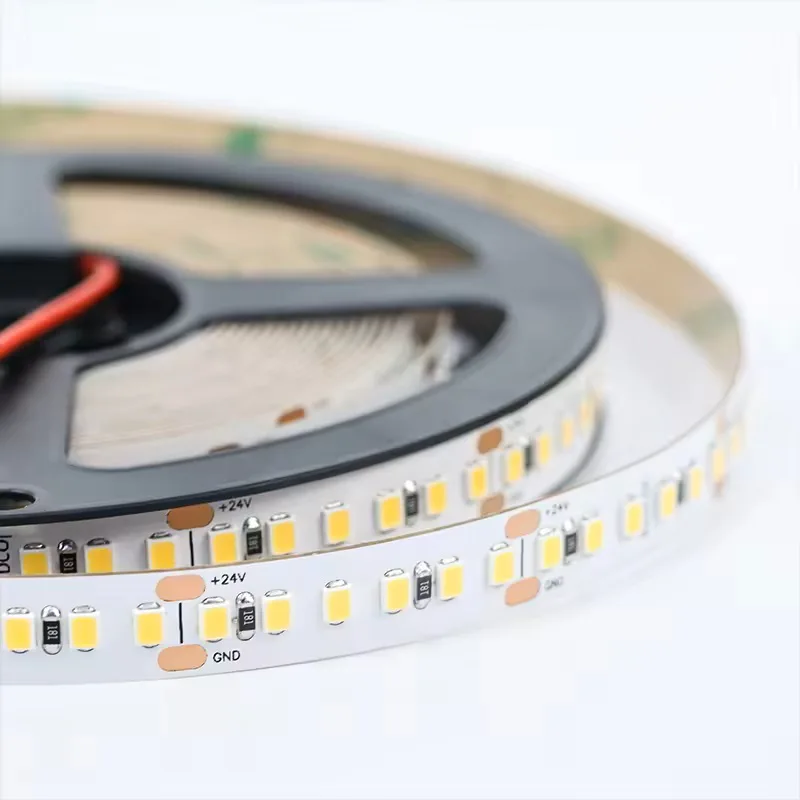
Свет ленты СИД SMD2835
Светодиод Количество на метр Опция: 60/72/120/128/140
Вариант ширины печатной платы: 6 мм/8 мм/10 мм
Вариант цвета: 2700K-6500K
Вариант CRI: 80/90/95
Входное напряжение: DC12V/DC24V
Мощность на метр: 6W/8W/9.6W/12W/14.4W/19.2W
Эффективность: 100-200 люмен/ватт
Теплоотвод в алюминиевых профилях
Алюминиевые профили служат пассивными радиаторами, передающими тепловую энергию светодиодной печатной платы в окружающий воздух. Эффективность этого процесса может быть измерена падением температуры, достигнутым при непрерывной работе. Например, модернизация тонкостенной толщи 1 мм до алюминиевого профиля толщиной 2 мм 6063-T5 может снизить температуру печатной платы на 6–8 °C при нагрузке 15 Вт/м — достаточно, чтобы продлить срок службы L70 на 30–40%.
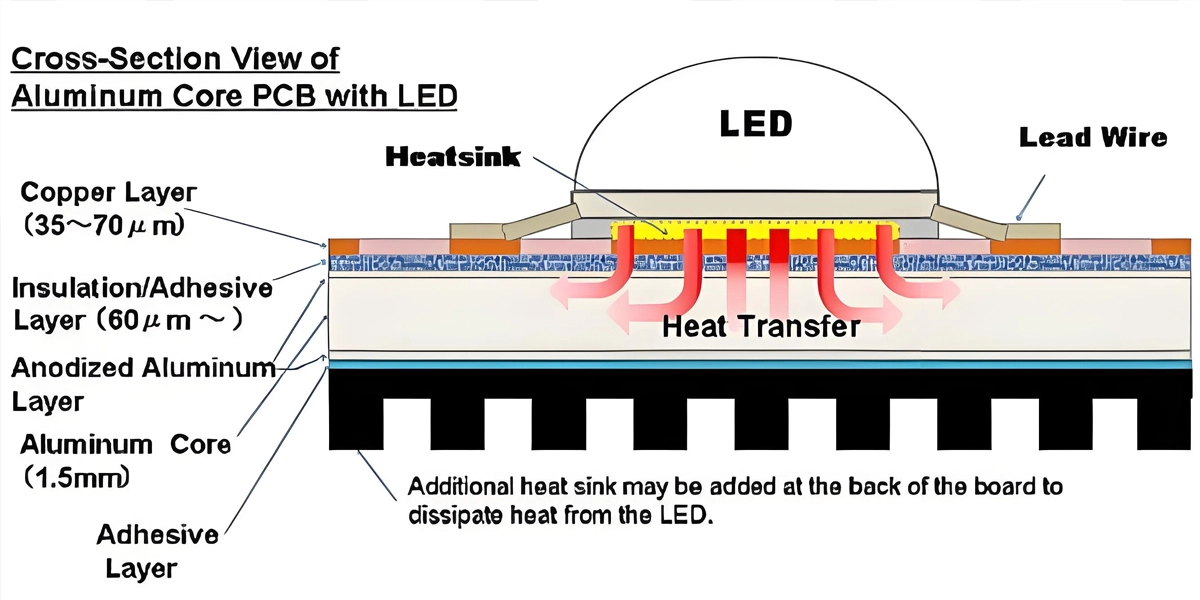
Основные параметры, влияющие на рассеивание:
толщина стенки - Более толстое сечение увеличивает тепловую массу. Для полосок ≥ 15 Вт/м рекомендуется 2 мм и более.
Увеличение площади поверхности – Оребренные профили могут улучшить конвективный теплообмен на 20–30% по сравнению с плоскими конструкциями.
МАТЕРИАЛ – Стандартный сплав 6063-T5 (≈ 201 Вт/м·К) является стандартным, избегайте низкосортного алюминия (< 150 Вт/м·К), что ухудшает проводимость.
монтажный интерфейс – Прямое крепление к металлическим поверхностям может улучшить рассеивание до 15%, в то время как изоляционные поверхности (деревянные/пластик) могут уменьшить его на 10–20%, если не используются термопрокладки.
Для светодиодных лент высокой плотности в розничных дисплеях, витринах с рефрижератором или архитектурном освещении фасада следует учитывать глубокие или многожильные экструзии для оптимальной термостабильности. Подробные варианты продукции можно найти в нашей Алюминиевый профиль для светодиодной ленты.
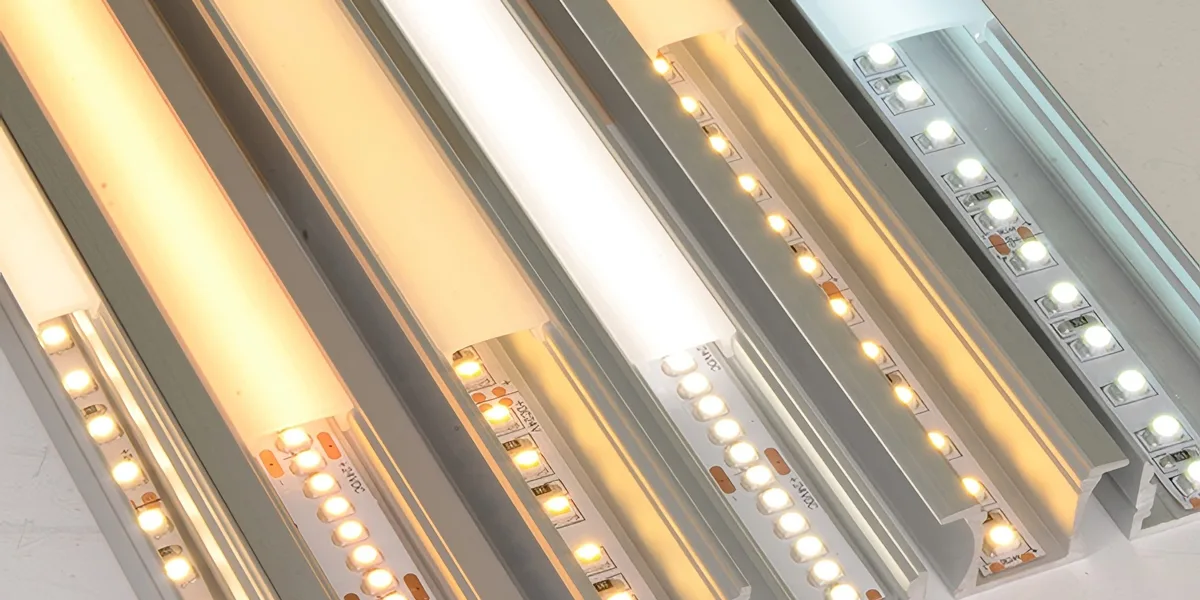
Эстетический дизайн освещения
Эстетический дизайн — это больше, чем выбор «образа» — он напрямую влияет на распределение света, контроль бликов и воспринимаемое качество. Встроенный в алюминиевый профиль диффузор определяет как оптические характеристики, так и визуальный комфорт.
Общие типы диффузоров и оптические эффекты:
Clear (92–95% светопропускание) — обеспечивает максимальную яркость, но оставляет видимыми «горячие точки» светодиодов. Идеально подходит для ювелирных витрин, дисплеев продуктов и задач освещения, где интенсивность важнее однородности.
Матовый (80–85% светопропускание) – обеспечивает сбалансированную яркость и уменьшение бликов. Подходит для офисных столов, торговых стеллажей и подсветки шкафов.
Опал/млечный (65–75% светопропускание) – создает плавную подсветку без горячих точек с отличным контролем бликов. Лучше всего подходит для жилых бухт, гостиничных помещений и окружающего освещения.
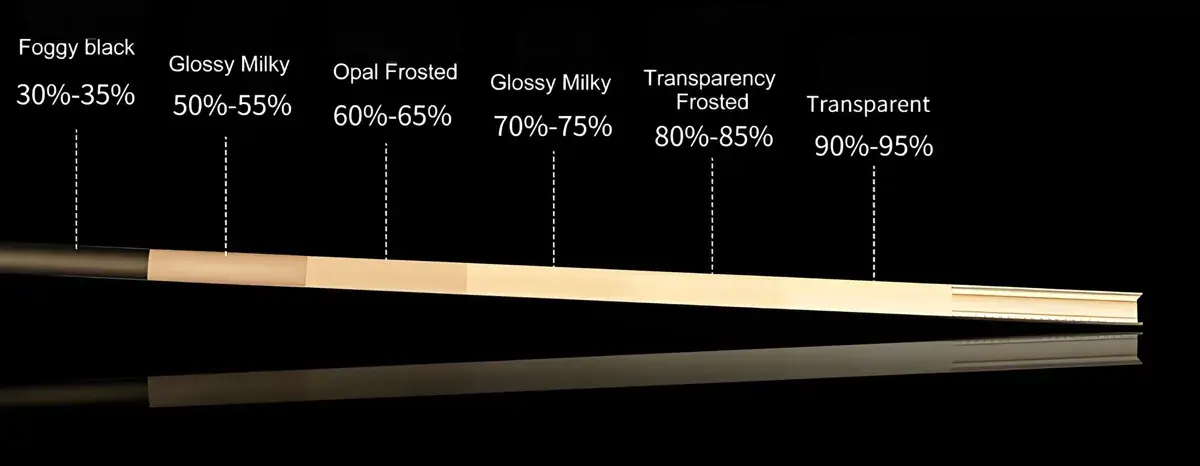
Совет: Большие расстояния между светодиодной лентой и диффузором (глубокие каналы) улучшают однородность, особенно при более низкой плотности светодиодов (< 120 светодиодов/м).
Примеры того, как выбор диффузора формирует как функцию, так и настроение, см. Руководство по 45° угловой светодиодный алюминиевый профиль для светодиодных лент.
Светодиодный алюминиевый профиль
Выбор правильного алюминиевого профиля требует соответствия тепловых характеристик, оптических характеристик и механической совместимости с светодиодной лентой и монтажной площадкой.
Основные критерии:
Светодиодная лента мощность и плотность – Для ≥ 15 Вт/м или ≥ 120 светодиодов/м, используйте профили с глубокими или оребренными профилем толщиной ≥ 2 мм для поддержания температуры печатной платы < 70 °C.
Внутренняя ширина профиля – Сопоставьте ширину внутренней щели для печатной платы светодиодной ленты (например, 5 мм, 8 мм, 10 мм). Негабаритные каналы могут вызвать пролив светоотдачи, риск повредить полосу или уменьшить контакт для теплопередачи.
Среда установки – Для открытых или высоких влажных зон требуются анодированные или профили IP67 с диффузорами из поликарбоната, устойчивых к УФ-излучению.
Способ крепления -
- Накладная: лучшая теплопроводность при фиксации к металлу; может потребоваться термолента на дереве/пластике.
- Утопленный: требует точных вырезов (+1–2 мм допуск), обеспечивает вид смыва, но может уменьшить воздушный поток.
- Подвесные: современная эстетика, но сниженная теплопроводность из-за воздушной изоляции — выберите профили с большей площадью поверхности.
- Угол 45°: оптимизирован для краев полки, под кабинет и углового освещения.

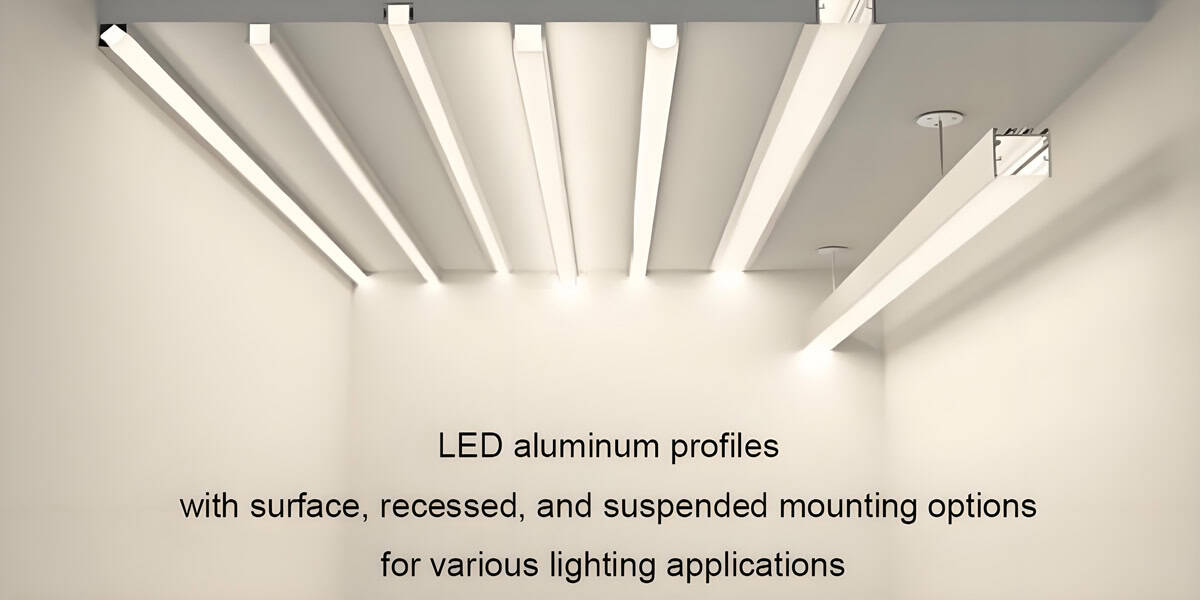
экономические соображения – Обновление со стандартного профиля до реберной модели может увеличить стоимость на 20–30%, но может увеличить срок службы светодиодов на 30–40%, что снижает затраты на замену в течение 5-летнего периода.
Полные спецификации профиля и примеры приложений см. в разделе Алюминиевый профиль для светодиодной ленты.
тематические исследования
Следующие случаи демонстрируют, как выбор правильного алюминиевого профиля и диффузора может обеспечить эффективное рассеивание тепла и привлекательные световые эффекты.
Случай 1 – освещение розничной дисплея с профилем светодиодной ленты с высоким CRI
Ювелирный ритейлер установил 15 Вт/м светодиодные ленты CRI 95 в тонкостенный алюминиевый канал 1 мм с прозрачным диффузором. Через 6 месяцев чрезмерный нагрев (PCB > 78 ° C) вызвал смену цвета ΔU’V’ на 0,004, что заметно для клиентов, осматрающих драгоценные камни. Магазин модернизирован до стенки 2 мм, оребренной глубокого канала из алюминия 6063-T5, снижая температуру печатной платы на 7–8 ° C и восстанавливая точную цветовую визуализацию.
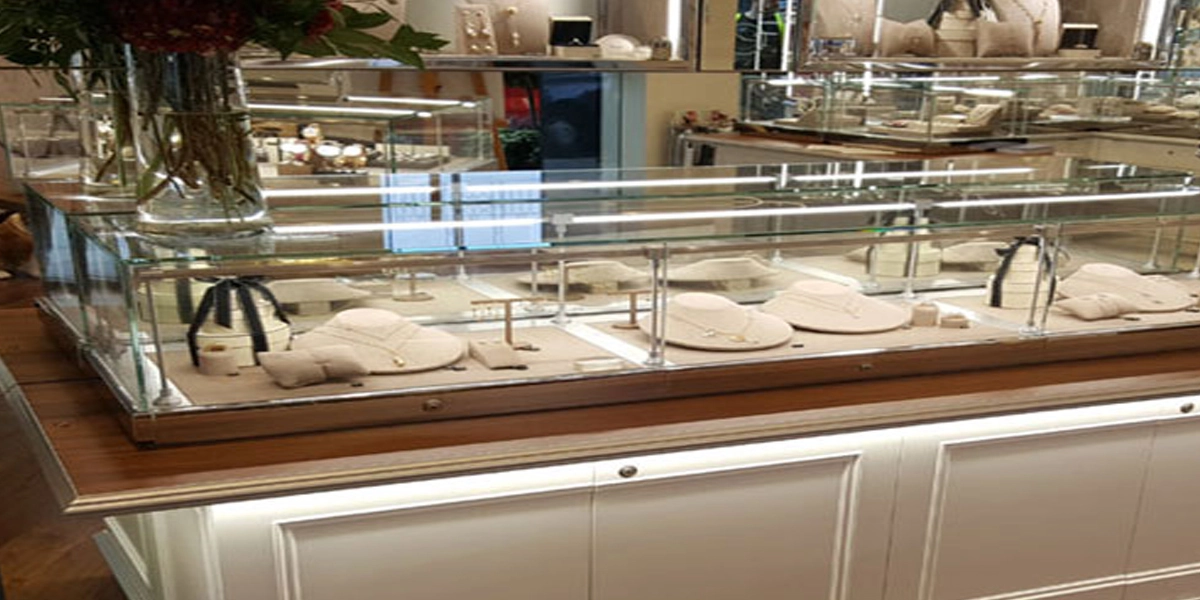
Случай 2 – Офисное освещение с использованием встраиваемых светодиодных алюминиевых профилей
В офисе открытой планировки использовались светодиодные ленты 9,6 Вт/м, 4000K в утопленных профилях с матовыми диффузорами. Рейтинг бликов (UGR < 19) соответствовал стандартам комфорта на рабочем месте, а температура печатных плат оставалась ниже 55 °C в течение трех лет без видимого амортизации просвета.

Случай 3 – кухня и гардеробная с рассеянными светодиодными каналами
Домовладелец установил 8 Вт/м светодиодные ленты в профиле на поверхности под кухонные шкафы и внутренние полки шкафа. Выбор диффузоров Opal устранил светодиодные метки и создал равномерный свет. Профили были закреплены на алюминиевых панелях фартука, улучшая теплопередачу и поддерживая стабильную яркость в теплом закрытом помещении.
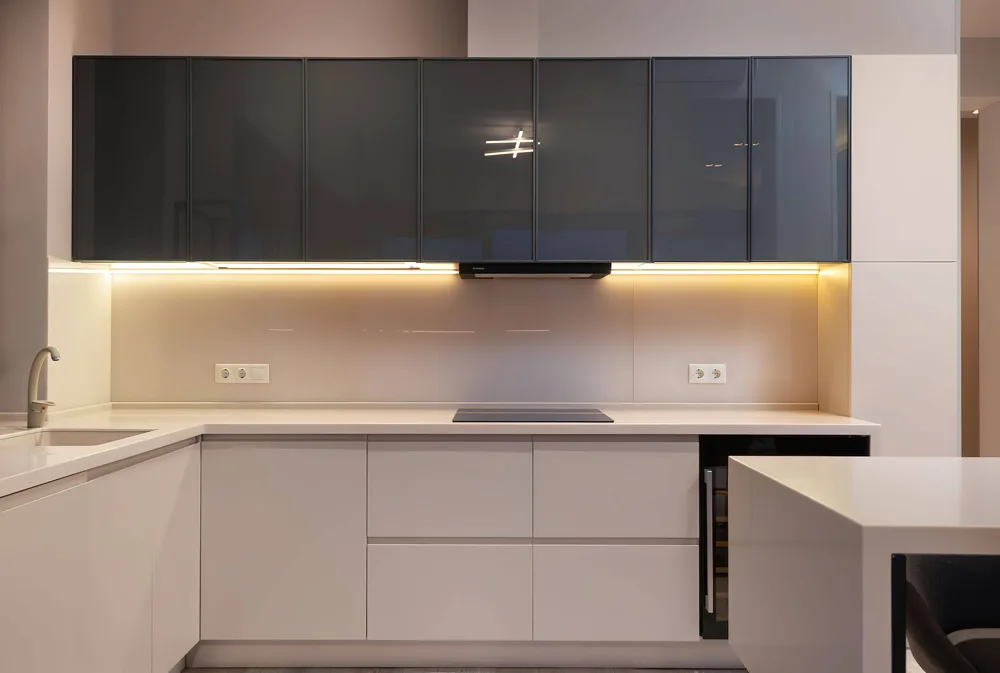
Случай 4 – освещение фасада на открытом воздухе в тропическом климате с профилями IP67
Архитектурный фасад в Юго-Восточной Азии использовал светодиодные ленты 12 Вт/м с рейтингом IP67 с анодированными алюминиевыми профилем с опалями. Несмотря на температуру окружающей среды, превышающие 35 °C, в установке поддерживали температуру печатной платы ниже 70 ° C, что предотвращает преждевременную поломку. Выбор профиля для конкретного фасада см. в нашем разделе Полное руководство по алюминиевому профилю для светодиодной ленты.

Заключение
Алюминиевые профили не просто монтажные принадлежности, а системы управления тепловыми, оптические формирователи и конструкторы в одном. Выбор правильной экструзии для вашей светодиодной ленты, среды установки и требований к качеству света может означать разницу между 2-летним отказом и 50 000-часовым сроком службы.
Правильный выбор улучшает:
Термостойкость – поддерживает температуру перехода в безопасном диапазоне.
Качество света – контролирует блики, диффузию и равномерность.
Прочность – защищает от пыли, влаги и механического воздействия.
Экономическая эффективность – снижает затраты на замену и обслуживание с течением времени.
Если вам нужен реберный диафрагмен для освещения в розничной торговле с высоким энергетическим напряжением, угловой профиль для витрин или экструзия IP67 для наружных фасадов, наша команда инженеров поможет вам выбрать наиболее эффективное решение.
Получите индивидуальный алюминиевый профиль для вашего проекта LED сегодня — свяжитесь с нами или ознакомьтесь с нашим Алюминиевый профиль для светодиодной ленты диапазон
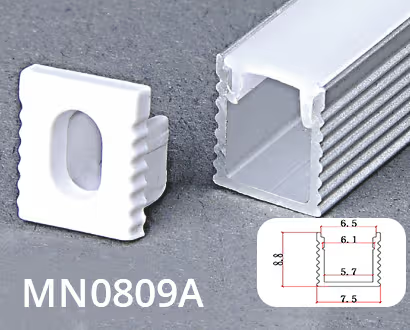
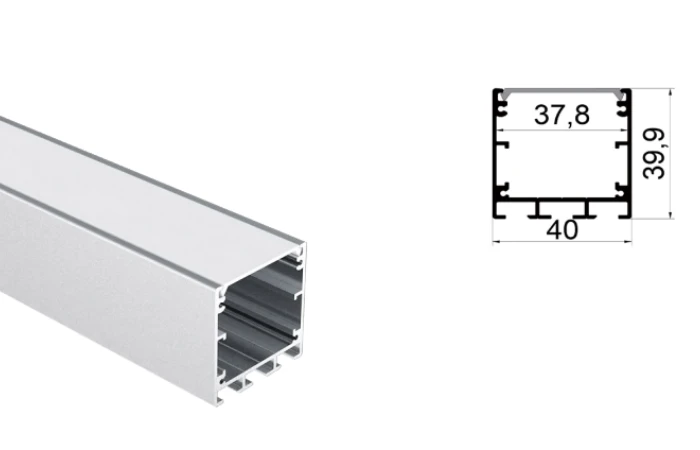
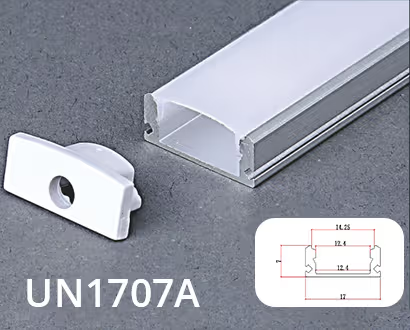
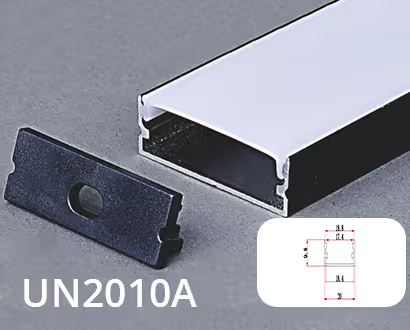
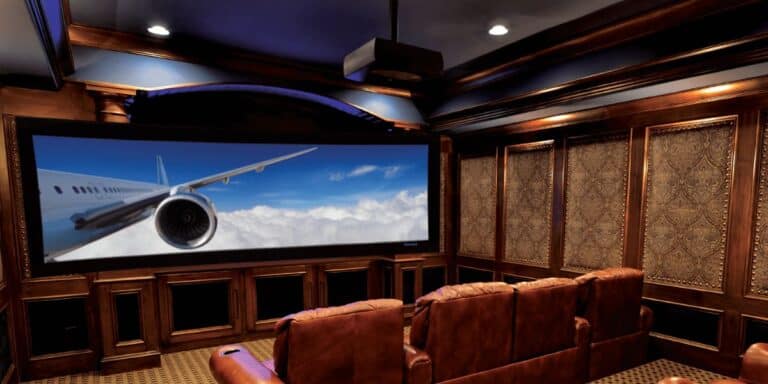

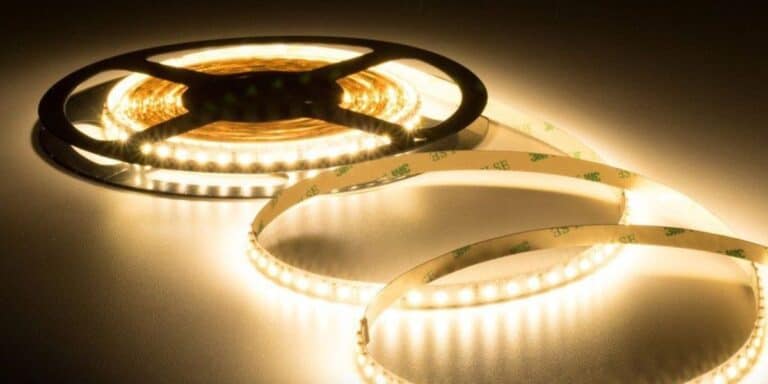
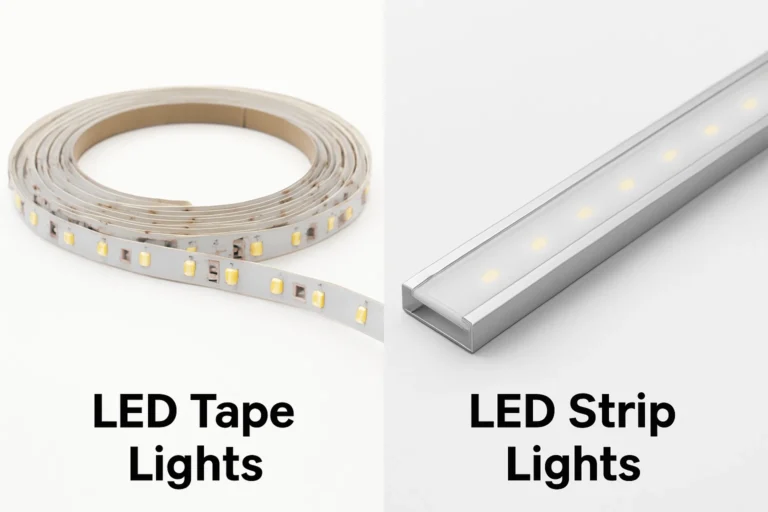
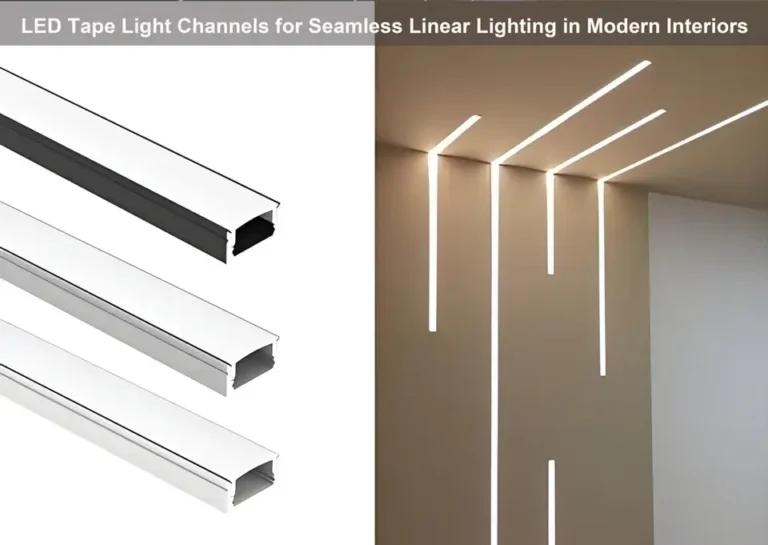


Мне очень понравилось, как вы получите прямо здесь, набросок привлекательный, ваш авторский материал стильный, тем не менее, вы командуете нервозностью из-за того, что вы хотите доставить следующее, несомненно, прийти более раньше, как то же самое почти часто внутри, когда вы защищаете этот поход
Кто-то, по сути, помогает сделать значительное количество статей, ID заявляет, что это первый раз, когда я посещал вашу веб-страницу, и до сих пор я удивляюсь тому, что вы провели исследование, чтобы сделать этот пост невероятной фантастической работой.